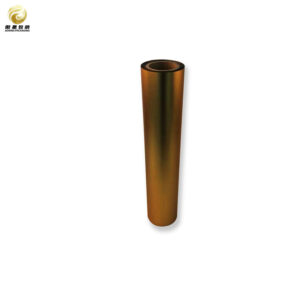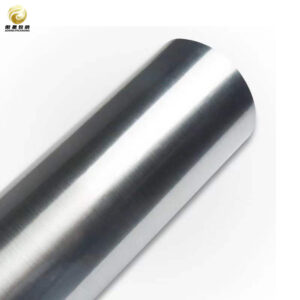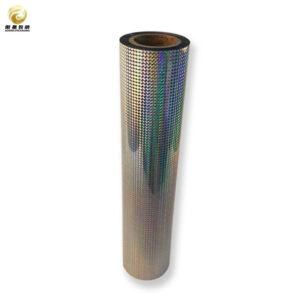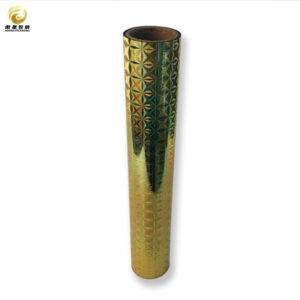Film de plástico transparente
| Producto | Film PET transparente |
| Material | PET + color+ capa de aluminio / PET + aluminio + capa de color |
| Espesor | 12~188um |
| Opción de color | Rojo, azul, púrpura, verde, oro, amarillo, rosa, arco iris, etc. |
| Anchura y longitud | Anchura:500~1800mm Longitud:Personalizada |
Descripciones detalladas
Product Description: Clear Plastic Film
Introducing our premium Clear Plastic Film, a versatile and high-performance solution designed to meet a wide array of packaging, protection, and crafting needs. Engineered with precision and manufactured from high-quality materials, this clear film offers exceptional clarity, durability, and flexibility, making it an indispensable tool for both professional and personal applications.
Key Features:
1. Exceptional Clarity: Our Clear Plastic Film boasts superior transparency, allowing for optimal visibility of the contents it encases. This feature is particularly beneficial for retail packaging, where product presentation is crucial.
2. Durable Construction: Crafted from robust polyethylene or polypropylene materials, this film is resistant to tearing and puncturing. Its strength ensures that your items remain protected during storage and transportation, reducing the risk of damage.
3. Versatile Applications: Whether you are looking to wrap food items, protect delicate surfaces, or create custom crafts, our Clear Plastic Film adapts seamlessly to various uses. It is ideal for use in kitchens, warehouses, offices, and art studios alike.
4. Easy to Use: The film is designed for effortless handling and application. It can be easily cut to size and adheres well to itself without the need for additional adhesives or fasteners. This user-friendly feature makes it suitable for both novice users and seasoned professionals.
5. Eco-Friendly Options: We are committed to sustainability; therefore, we offer eco-friendly variants of our Clear Plastic Film that are recyclable and made from post-consumer materials. This allows you to make environmentally conscious choices without compromising on quality.
6. Weather Resistant: Our Clear Plastic Film is engineered to withstand various environmental conditions. It is moisture-resistant and can protect your items from dust, dirt, and other contaminants while maintaining its integrity over time.
7. Customizable Sizes: Available in a range of widths and thicknesses, our Clear Plastic Film can be tailored to fit your specific requirements. Whether you need a small roll for home use or large quantities for industrial applications, we have the right solution for you.
Applications:
– Food Packaging: Perfect for wrapping sandwiches, salads, or baked goods while ensuring freshness. – Crafting Projects: Ideal for scrapbooking, gift wrapping, or creating protective covers for artwork. – Industrial Use: Suitable for pallet wrapping or bundling products in warehouses. – Home Organization: Great for covering furniture during renovations or protecting seasonal items in storage.
Conclusion:
As a reputable manufacturer, we understand the importance of reliability and consistency in your supply chain. Our clear plastic film is available for bulk buy options, allowing businesses to take advantage of competitive wholesale pricing. Whether you are looking to stock up for your production line or require materials for specific projects, our bulk price offerings ensure that you receive the best value without compromising on quality.
We are proud to serve as an exporter of clear plastic film, delivering our products to clients around the globe. Our extensive experience in international trade allows us to navigate the complexities of logistics efficiently, ensuring timely delivery regardless of your location. Additionally, we offer OEM services tailored to your specifications, enabling you to customize the film according to your unique requirements.
Partnering with us means choosing a trusted supplier that prioritizes customer satisfaction and product integrity. Our clear plastic film is not only durable and transparent but also environmentally friendly, aligning with modern sustainability practices.
For businesses seeking a reliable source for their packaging needs, our clear plastic film stands out as an exceptional choice. Contact us today to learn more about our offerings and how we can support your operations with high-quality products at competitive prices. Experience the difference with a leading manufacturer in the industry—your trusted partner for all your clear plastic film requirements.







